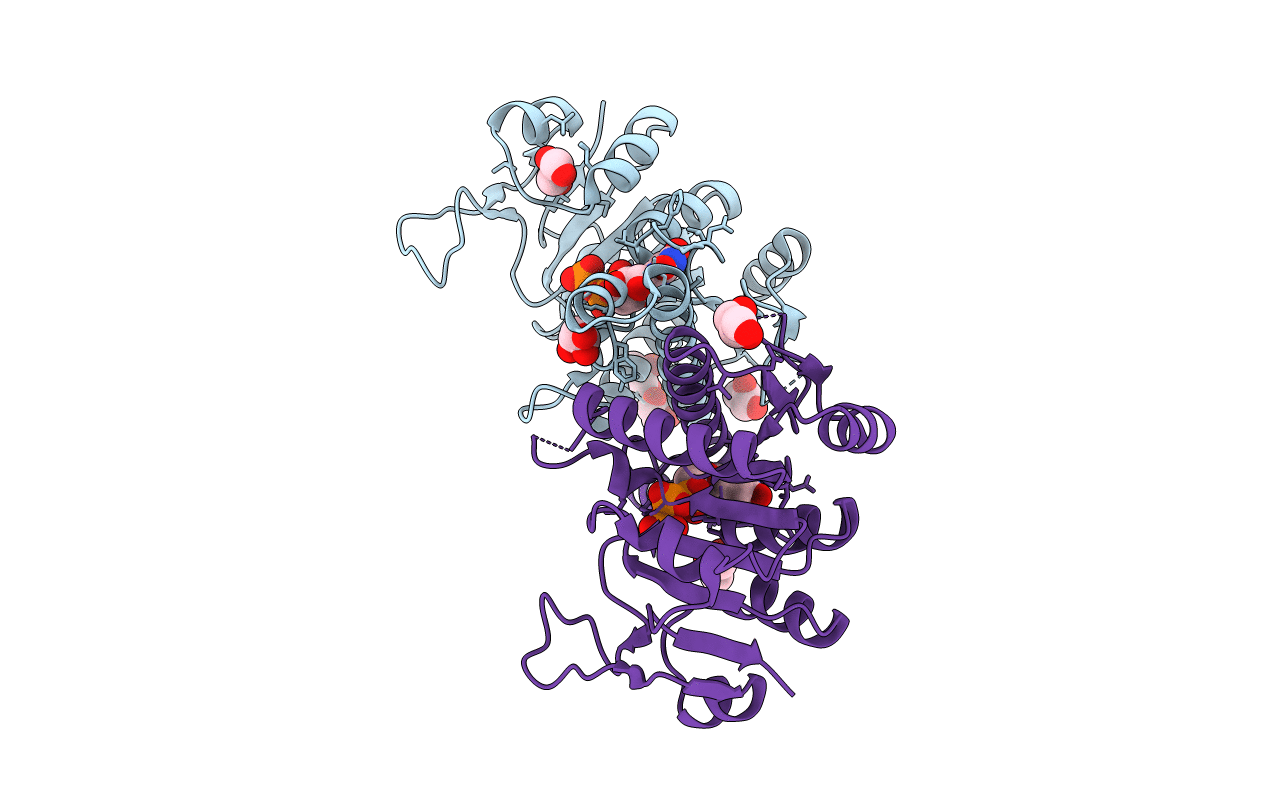
Deposition Date
2005-03-23
Release Date
2005-04-27
Last Version Date
2024-11-20
Method Details:
Experimental Method:
Resolution:
2.45 Å
R-Value Free:
0.23
R-Value Work:
0.18
R-Value Observed:
0.18
Space Group:
H 3


